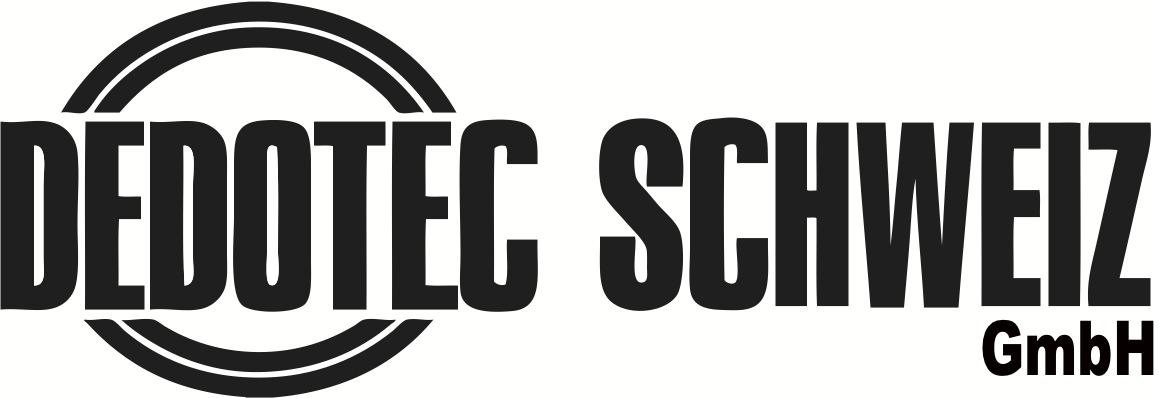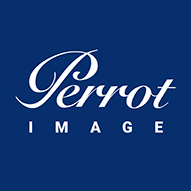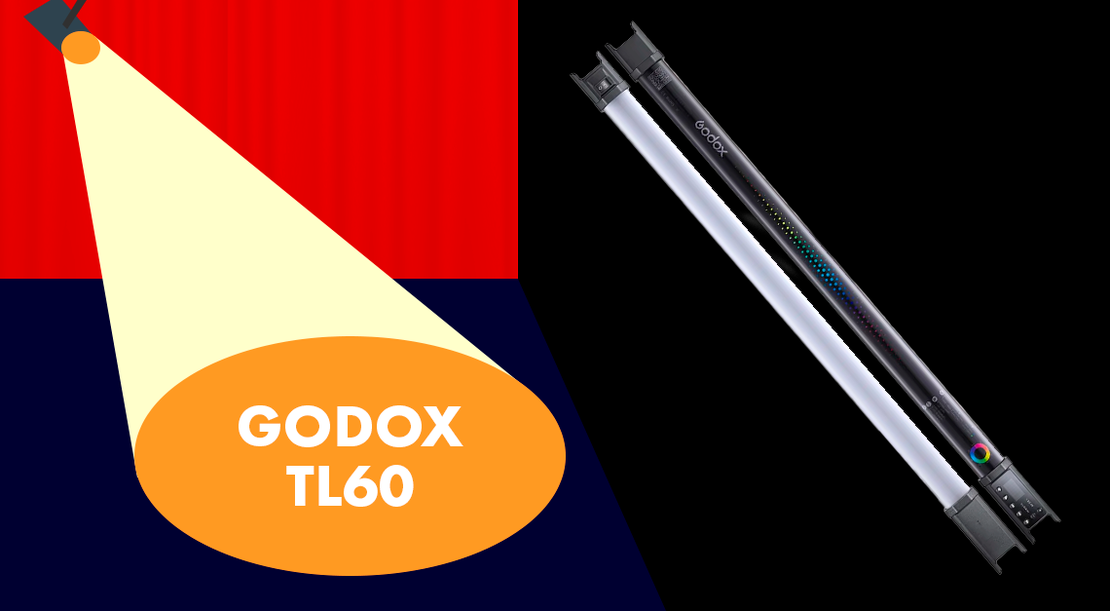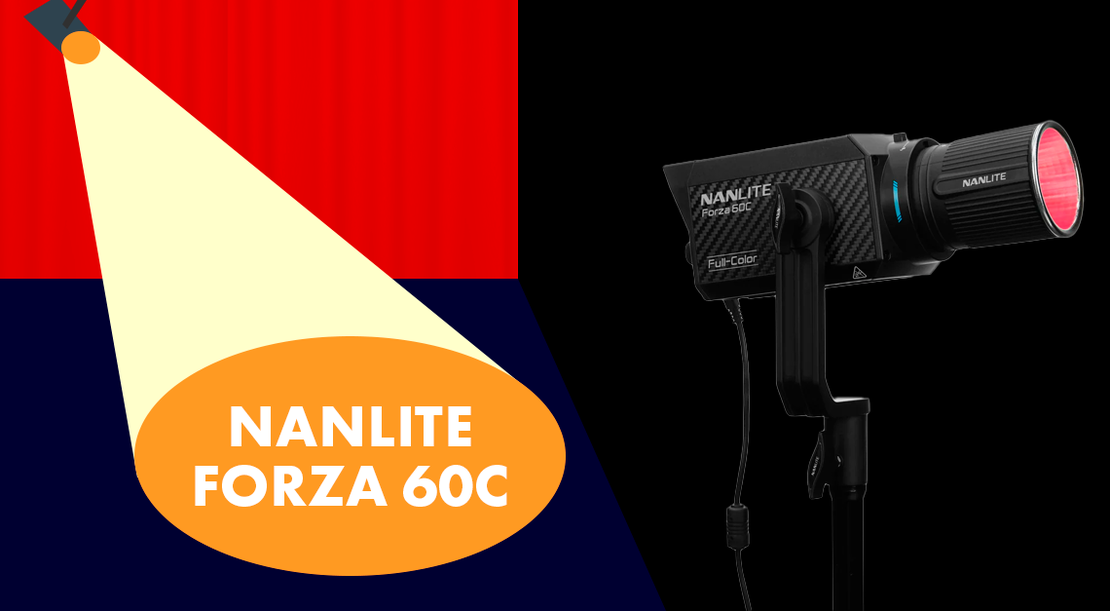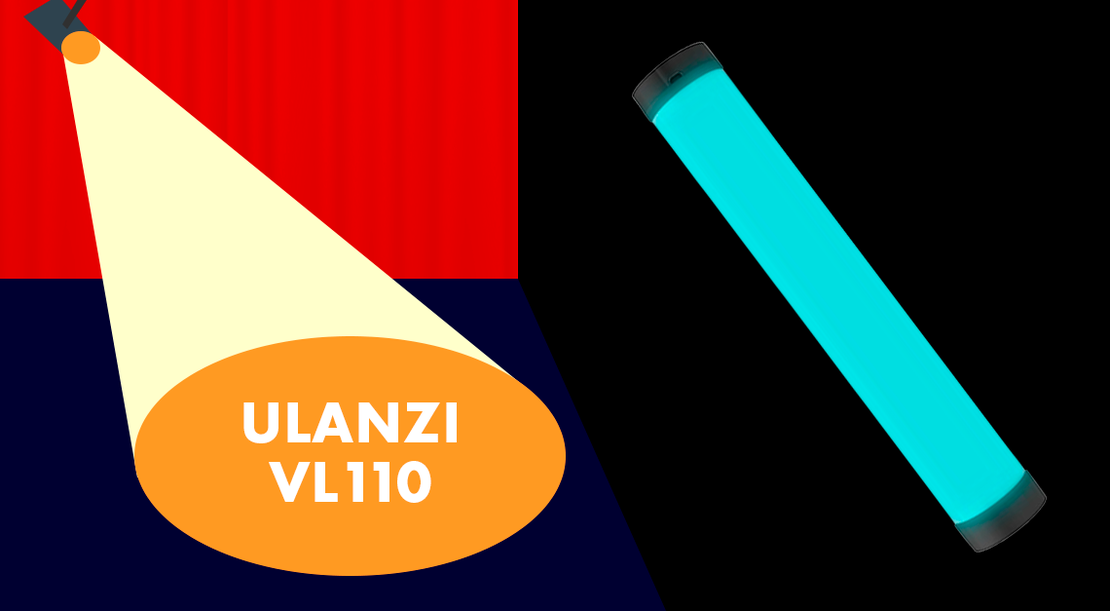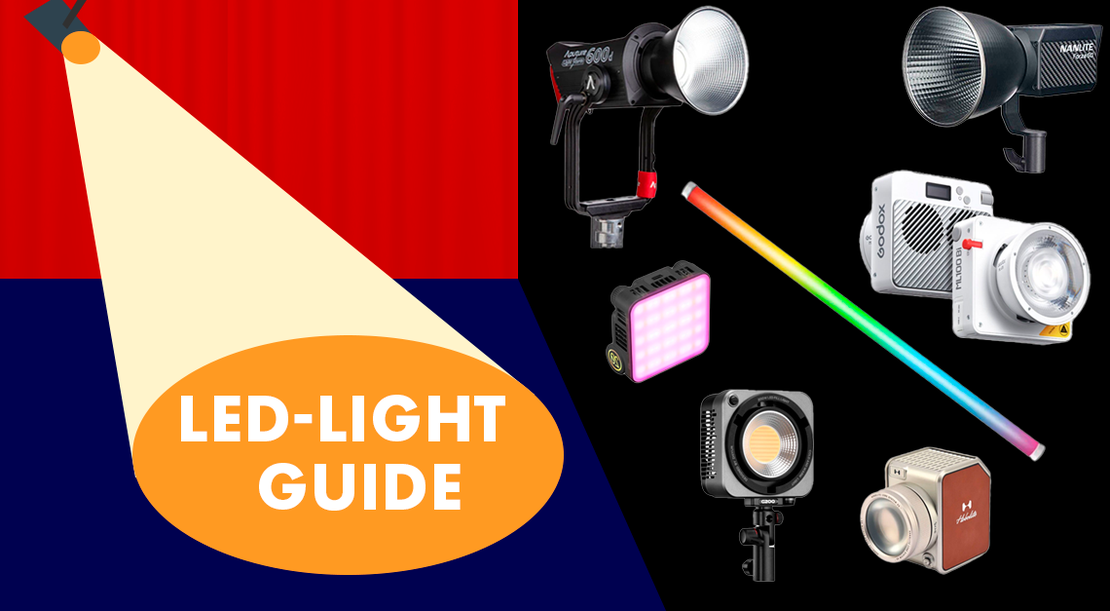
Best LED-Video Light | Guide 2025
- Marvin Kuhn
- Review , Lights , Database
- June 18, 2025
Table of Contents
LED lights are abundant – in every price range. But which lamp is truly the right one? Often, you’re overwhelmed by a multitude of technical data and metrics, and meaningful comparisons remain rare. While many models achieve high CRI and TLCI values (over 90), this alone gives the impression that essentially build quality and light output determine the price – a misconception. We take a different approach: We measure important metrics, analyze them systematically, and summarize them in a score that provides a clear and comparable statement about the quality of a video light. This gives you a precise overview of which light best suits your needs.
Our Tests
If you want to know which light performs best in our tests, we’ve compiled a ranking of the lights we’ve been able to test so far. This list is regularly updated to stay current.
Database
Einträge bis 2025
| Marke | Name | Watt | LED-Typ | Typ | Max EV (Reflektor) | Total Score | Farb-Score | Power Score | Usability Score |
|---|
Comparison Table
Do you want to know which lights can be best combined without visible differences? In this blog post, you’ll find a comparison table to help you with that.
WHAT GOES INTO THE EVALUATION:
Would you like to understand which criteria go into the assessment of light sources and what the individual measurements indicate? In this article, we show you how we evaluate light sources in terms of color, performance, and user-friendliness criteria. We explain the essential metrics and the measurement process, so you can find the optimal lighting solution for your needs.
HOW DO WE MEASURE LIGHT QUALITY?
To obtain the most precise and meaningful data, we use a carefully calibrated measurement process – based on the Hopoocolor HCPS-320, a probe similar to the Sekonic C800. Our approach:
- Controlled Environment: Measurements take place in a light-protected room, at a fixed distance of 1 meter from the light source. This eliminates external influences.
- Warm-up Phase: After turning on, the light gets 1-2 minutes to reach its stable operating temperature.
- Measurement Process: The probe continuously captures data. Once the values remain stable, we save the measurement results.
WHAT GOES INTO THE COLOR RATING?
The color rating includes several metrics to get an accurate picture of the light quality. Important parameters are:
- Spectral Similarity Index (SSI): Serves as a central comparative value.
- CCT (Correlated Color Temperature): Checks whether the specified color temperature is maintained precisely.
- DUV (Delta UV): Measures the deviation from the ideal Planckian radiator – an indication of potential tint shifts.
- TM30-18: This modern standard, which provides more current information than conventional CRI or TLCI values, is also considered.
WHAT GOES INTO THE PERFORMANCE RATING?
The performance assessment focuses on efficiency and consistency of the light source:
- Consistency across the color temperature range: We check whether the light source shows consistent brightness and color rendition at different CCT values.
- Lux/Watt: This figure indicates how much light is produced per unit of energy consumed.
Note: COB lights often perform better here than panel or tube lights of the same power – therefore, only lights of the same type and size should be compared with each other.
WHAT GOES INTO THE USER-FRIENDLINESS RATING?
Here, practical aspects flow into the evaluation:
- Portability: Weight and size of the light head influence transport and handling.
- Accessories: Additional components can increase the functionality and versatility of the light.
- Ease of use: An intuitive user interface and the possibility of wireless control facilitate application.
- Mounting options: Various mounting options increase adaptability in different setups.
- Battery life: For mobile applications, long runtime is crucial.
- Noise level: Especially in quiet environments, the noise level should be low.
WHAT WE MEASURE AND WHY:
- CCT (Correlated Color Temperature): Determines color perception – from warm to cool – which affects mood and color constancy.
- DUV (Delta UV): Shows whether the light source has a greenish or magenta tint and helps with natural reproduction of skin tones.
- Lux: Measures light intensity. We test brightness at 10%, 50%, and 100% and calculate the EV (Exposure Value) difference between 10% and 100% to capture dynamics.
- TM30: Determines how true-to-original colors are reproduced. The Fidelity Index (Rf) for accuracy and the Gamut Index (Rg) for saturation are the focus.
- SSI: Compares spectral values directly with a standard light source. For our assessment, we use the P3200 and D55 modes. For P3200, values around 80 are normal, from 85 very good, and from 90 excellent. For D55, these values are about 75, 80, and from 90.
UNDERSTANDING TM30
TM-30-18 is an advanced metric, developed by the Illuminating Engineering Society (IES). Compared to the extended CRI (Re), which uses only 15 color evaluation samples, TM-30-18 uses 99 CES colors, enabling a much more comprehensive and precise assessment.
IMPORTANT COMPONENTS OF TM-30-18:
- Fidelity Index (Rf): Shows how accurately colors are reproduced compared to a reference light source – a value close to 100 stands for almost perfect color fidelity.
- Gamut Index (Rg): Measures color saturation. A value of 100 means that saturation remains unchanged, while values above 100 indicate oversaturation and values below 100 indicate reduction.
SPECIFIC VALUES FOR SKIN TONES IN TM-30-18:
Here, the samples CES 15 and CES 18 are used to determine a precise skin fidelity value, which indicates how well different skin tones are represented.
UNDERSTANDING CRI AND TLCI
Although we primarily use more modern standards like TM30 and SSI, we also want to explain CRI and TLCI:
-
CRI: Divided into individual ratings (R1-R15).
- R1-R8: Average to a general value, which is mainly based on pastel colors.
- R9 (Red): Crucial for the reproduction of red tones (e.g., skin tones, food).
- R13 (Skin tones) and R15 (Asian skin tones): Specifically for assessing the color reproduction of skin.
-
TLCI: A standard introduced in 2012 that evaluates 24 colors using a color chart and a camera.
- 85+ points: Hardly any need for correction.
- 70-85 points: Minimal post-processing required.
- Less than 70 points: Extensive corrections necessary.
Note that both standards use only a limited number of colors – especially the CRI-Ra value based on 8 pastel colors does not fully capture many everyday colors. Moreover, CRI is based on human perception, while TLCI is based on outdated television camera data. In contrast, TM30 uses 99 color samples, which significantly improves the informative value. The SSI directly compares the light spectrum with standardized light sources, thus providing a more objective value.
By measuring and combining all these metrics into a score, we can offer you a clear, comparable statement about light quality – exactly what you need for selecting your perfect light source.
Our Partners:
We would like to thank our partners who support us in evaluating the lights. These partners have given us the opportunity to test their products and create our reviews. We are proud to collaborate with these companies and look forward to continuing to evaluate high-quality products.
Copyright © of product image in the title image are the ones of the respective manufacturers. All rights reserved.
